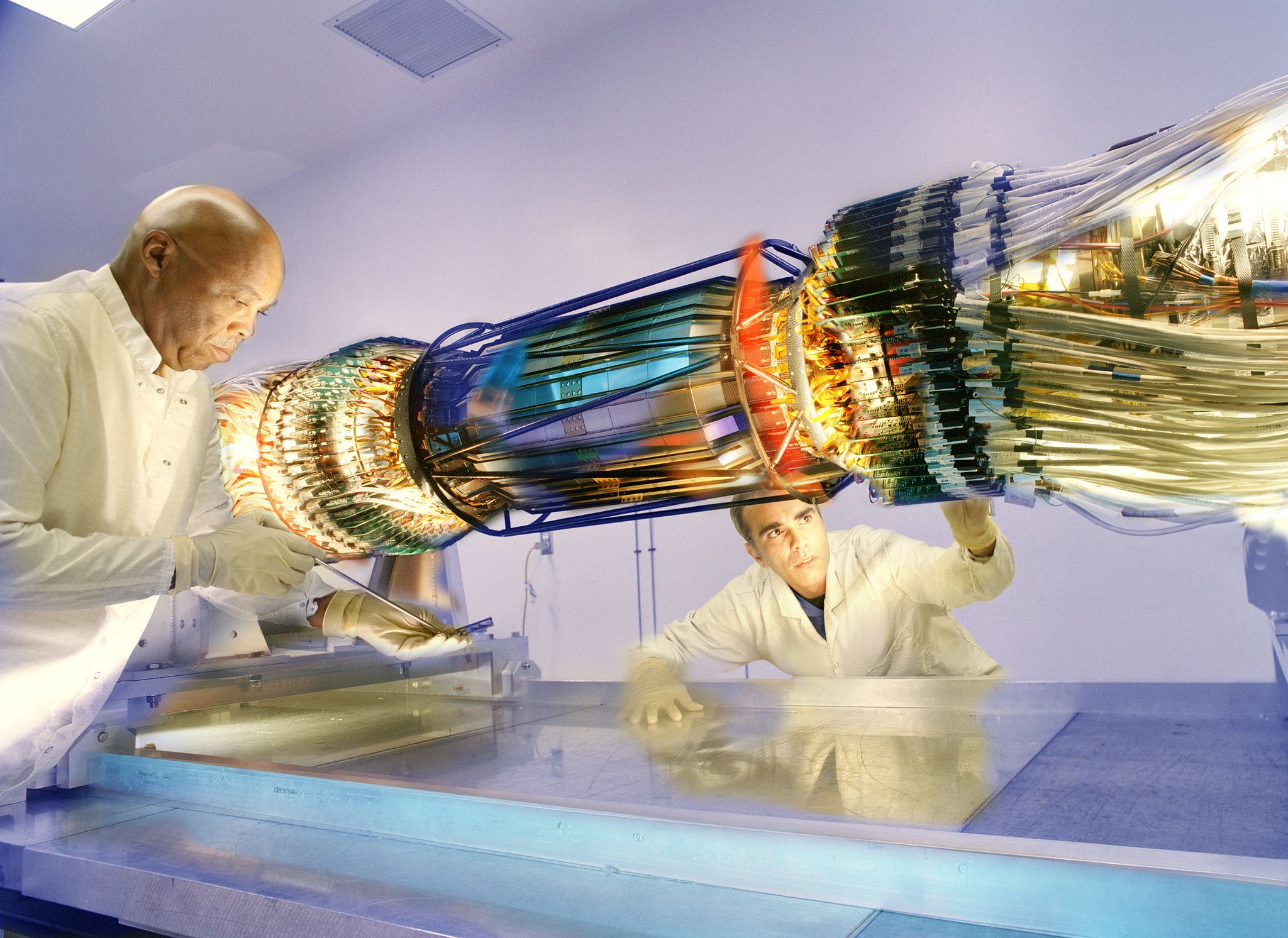
Updated | Physicists can't find the key to the universe, which turns out to be just as aggravating as not being able to find the key to the car. But they're running down the list of possible hiding spots—between the couch cushions, under the mail, hiding in particles called muons—eliminating hypotheses that don't seem to be panning out.
The thing physicists are missing is dark matter. They know it exists, and they know it makes up 27 percent of the universe, but they don't know what it actually is or looks like or where to find it. They can see its impact on the universe but they can't see it directly. Needless to say, it's pretty frustrating.
But scientists are scientists, so some bad luck so far isn't stopping them from continuing the quest to spot dark matter. And there's a tiny bit of good news to the bad luck: figuring out where dark matter isn't could help scientists redirect their efforts to where it is.
And now physicists at Lawrence Berkeley National Laboratory, a government-run institution based in northern California, announced in a paper published in the journal Physical Review Letters that they have ruled out a hypothesized hiding place for a particle associated with dark matter, called a dark photon.
Whereas scientists are certain that dark matter exist, they can't say the same for the dark photon—it's just a theorized type of particle that would carry energy between clumps of dark matter the same way photons of light carry energy between, say, the sun and the Earth.
But scientists do know precisely what a dark photon would look like at a particle detector: a high-energy photon that doesn't carry any other data with it. That certainty makes it an appealing target to hunt down. And that's what scientists went looking for in the last data taken by the SLAC National Accelerator Laboratory's BaBar collider as it was preparing to shut down about a decade ago.
In particular, they wanted to look at the spin of a particle known as a muon, which is a tiny bit off from what physicists calculated it should be. Scientists thought that discrepancy might be hiding dark photons—but the new analysis failed to turn up the missing matter.
The new BaBar results add to three decades of experiments hunting for flavors of theorized, acronymized dark matter ranging from MACHOs to WIMPS. But everywhere scientists have looked, they have turned up only resounding silence. "We do not understand how the universe works at a deeper and more profound level than most of us care to admit," Stacy McGaugh, an astrophysicist at Case Western Reserve University told Nature News. For now, at least. But one more experiment could change that.
Correction: This story has been updated with the correct name of the facility where the BaBar Collider was housed
Uncommon Knowledge
Newsweek is committed to challenging conventional wisdom and finding connections in the search for common ground.
Newsweek is committed to challenging conventional wisdom and finding connections in the search for common ground.
About the writer
Meghan Bartels is a science journalist based in New York City who covers the science happening on the surface of ... Read more
To read how Newsweek uses AI as a newsroom tool, Click here.








